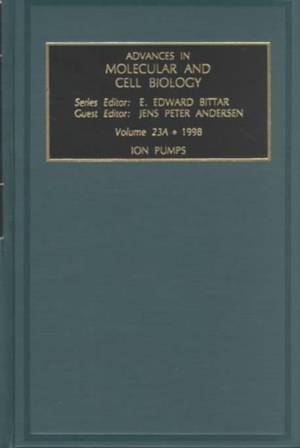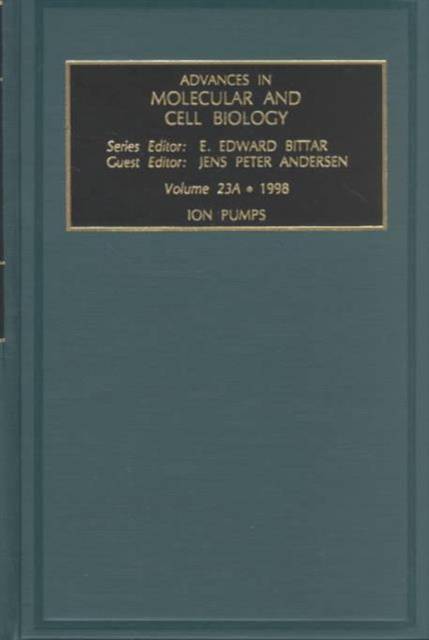
- Retrait gratuit dans votre magasin Club
- 7.000.000 titres dans notre catalogue
- Payer en toute sécurité
- Toujours un magasin près de chez vous
- Retrait gratuit dans votre magasin Club
- 7.000.000 titres dans notre catalogue
- Payer en toute sécurité
- Toujours un magasin près de chez vous
Description
Both eukaryotic and prokaryotic cells depend strongly on the function of ion pumps present in their membranes. The term ion pump, synonymous with active ion-transport system, refers to a membrane-associated protein that translocates ions uphill against an electrochemical potential gradient. Primary ion pumps utilize energy derived from chemical reactions or from the absorption of light, while secondary ion pumps derive the energy for uphill movement of one ionic species from the downhill movement of another species.
In the present volume, various aspects of ion pump structure, mechanism, and regulation are treated using mostly the ion-transporting ATPases as examples. One chapter has been devoted to a secondary ion pump, the Na+-Ca2+ exchanger, not only because of the vital role played by this transport system in regulation of cardiac contractility, but also because it exemplifies the interesting mechanistic and structural similarities between primary and secondary pumps.
Spécifications
Parties prenantes
- Editeur:
Contenu
- Nombre de pages :
- 248
- Langue:
- Anglais
- Collection :
- Tome:
- n° 23
Caractéristiques
- EAN:
- 9780762302871
- Date de parution :
- 19-11-97
- Format:
- Livre relié
- Format numérique:
- Genaaid
- Dimensions :
- 152 mm x 229 mm
- Poids :
- 1206 g






